Software
One of the goals of RING is to invent, design and develop game changing methods to reconcile earth processes and field observations within a stochastic and multiscale workflow. The corresponding software not only serve as proofs of concept to support publications, but also can be used and industrialized by the RING Consortium members.
The FISSSA module (developed by the RING Team in collaboration with IECL lab) provides functionalities to interpret fault networks stochastically from two dimensional seismic images. Fault description is formulated in terms of an explicit mathematical a priori model thanks to a marked point process model managing interactions between fault segments. This model is conditioned to data through a fault likelihood attribute thanks to a Gibbs probability distribution.
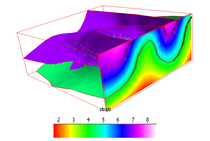 RINGToolKit was created in 2018 as the base plugin gathering useful functionalities for SKUA-GOCAD users and plugin developers.
RINGToolKit was created in 2018 as the base plugin gathering useful functionalities for SKUA-GOCAD users and plugin developers.
It mainly includes georeferencing tools tailored for geological field data, import/export facilities and the implicit structural modeling tools previously available in StructuralLab.
RINGral is a python library for the computation of the probabilities that several fault observations belong to the same fault.
This work uses Random Forest learner trained from a set of selected fault features computed from fault traces extracted from known 3D geological models (e.g., the length of the fault trace, the throw value, etc.). The association likelihood inference is formulated as a classification problem to determine the probability that fault observations belong to the same fault object based on the variables computed from the features of the k observations. For now, the application is limited to a partly interpreted case: we split the 3D domain in two disjoint, spatially contiguous sectors A and B, and use sector A as training and sector B for testing. The results are shown in a graph view were all the observation correspond to one node and the edges the association probabilities.
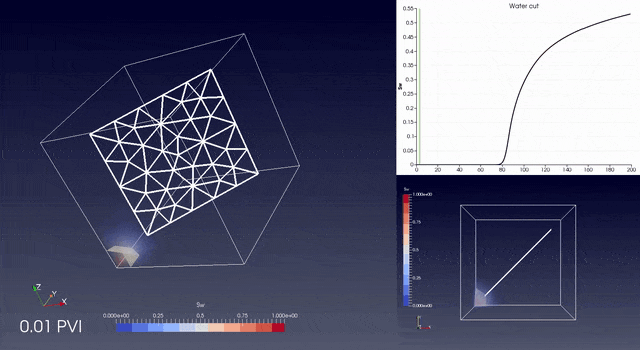
RINGFlow is a Control Volume / Finite Element library to simulate flow in fractured porous media on unstructured grids.
The library contains tools for accurate upscaling from tetrahedral meshes to non aligned and non matching grids.
More information are available in the 2024 training.
 GoPy enables to use the python language and its many libraries in Gocad.It provides a UI, a Python wrapper to all Gocad commands and some C++ classes, enabling users to develop powerful Python scripts for automating modeling tasks.
GoPy enables to use the python language and its many libraries in Gocad.It provides a UI, a Python wrapper to all Gocad commands and some C++ classes, enabling users to develop powerful Python scripts for automating modeling tasks.
Contact: Christophe Antoine
WeCo is a C++ and python library to find several sets of possible correlations between multiple wells. It builds on the Dynamic Time Warping algorithm to hierarchically correlate a set of stochastic correlations between wells or groups of wells. The code is designed to help stratigraphers formulate various sets of correlation rules based on the available informations along the wells (logs, facies, sequences, etc).
SalterRING is a python module developed within the RING team. The aim of this module is to provide tools to jointly model hydrothermal alteration facies and the geological structures that govern fluid flow and hence the geometry of alteration facies.
Alteration facies modeling in SalterRING is based on an implicit, stochastic modeling approach. A pseudo scalar distance field P(d) is used to model alteration front boundaries. This distance field is generated using front propagation methods and a velocity field, considered as proxi of hydraulic conductivity. The velocity field is parameterized by generating geological objects using Boolean processes. Objects that can control the geometry of hydrothermal alteration (regional faults, unconformities, fractures, sedimentary geometries and petrophysical heterogeneities) are generated and tested via a Metropolis Hastings algorithm. Model quality is monitored via a misfit term to the input data. In this first version, calibration is mainly based on point data from boreholes, in particular alteration front limits.
This first version of SalterRing is being developed as part of Paul Marchal's thesis, supervised by Guillaume Caumon and Pauline Collon, and funded by Orano.
Training link available soon.
See Ring Meeting Paper 2023 for more informations.
KarstNSim is a Skua-GocadV19 plugin (on windows : VS2017 is required). The purpose of this plugin is to simulate cave networks in 3D and in a stochastic workflow, taking into account various input parameters with uncertainties. A particular focus is given on the ability for the user to easily control the morphometry of the networks. KarstNSim is primarily being developed by Augustin Gouy in the frame of his PhD thesis.
KarstNSim has been the subject of a "proof of concept" publication by Gouy A., Collon P., Bailly-Comte V., Galin E., Antoine C., Thebault B., and Landrein P., 2024. KarstNSim: A graph-based method for 3D geologically-driven simulation of karst networks. Journal of Hydrology 632. https://doi.org/10.1016/j.jhydrol.2024.130878. Concurrently with the publication, a standalone (independent of Skua-Gocad) and public version of the code has been created and is accessible on GitHub: https://github.com/ring-team/KarstNSim_Public.
This library implements a general sandbox to define stochastic point process models with interactions. This allows to generate random sequences of points in space that may be associated with random characteristics called marks. If these characteristics describe a geometrical object, we speak about object point processes. This project provides functionalities to manage, characterize, and simulate spatial point processes.
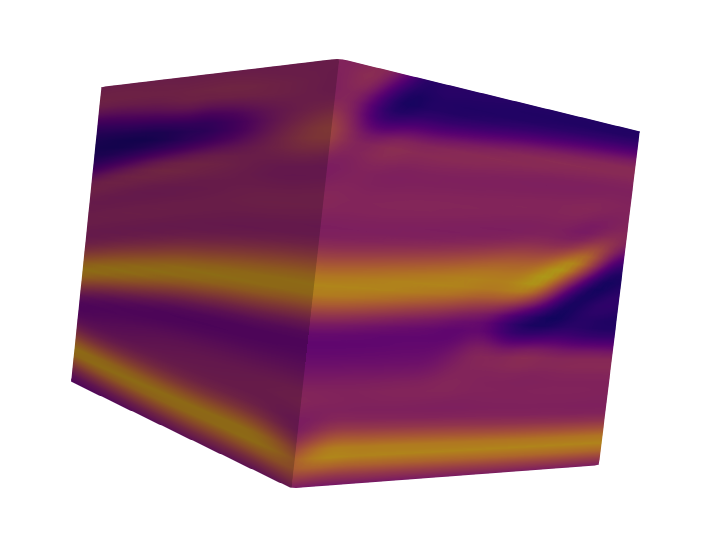
This code computes the smooth equivalent medium of any (meshable) geological model for the elastic wave equation. The upscaling method behind the code is the non-periodic homogenization. This method asks to solve an elastostatic problem, which is achieved using a tetrahedral Finite Element Analysis. The result is then smoothed according to the minimum wavelength to be propagated. The obtained medium usually is anisotropic; it can be used in any wave equation solver handling anisotropic heterogeneous media.
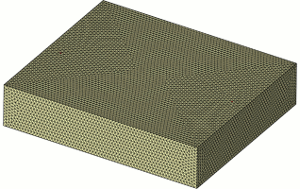 Researches on fractures led to the developement of several tools.
Researches on fractures led to the developement of several tools.
Here is an exhaustive list of modules and project developed at RING for Fracture Network characterization and stochastic simulation.
Contact: Francois Bonneau
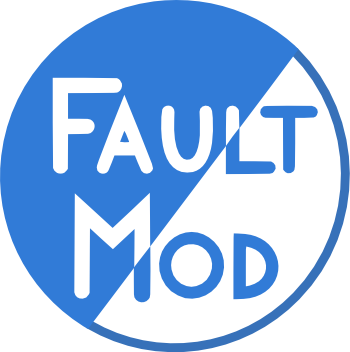 FaultMod is a SKUA-GOCAD plugin for modeling faults, fault networks and related uncertainties.
FaultMod is a SKUA-GOCAD plugin for modeling faults, fault networks and related uncertainties.
Building geological models is always an underconstrained process. A large part of the uncertainty is carried by faults because faults zone are poorly imaged in seismic. Furthermore faults dramatically impacts fluid flows and building models cohrent with geological concepts and knowledge is a key to increase models quality when few data are available. FaultMod offers several tools to integrate geological concepts in structural modeling workflows.
KarstMod is a plugin developped for 3D karstic network simulations (2008-2012). It is available on the Gocad 2009.4 platform.
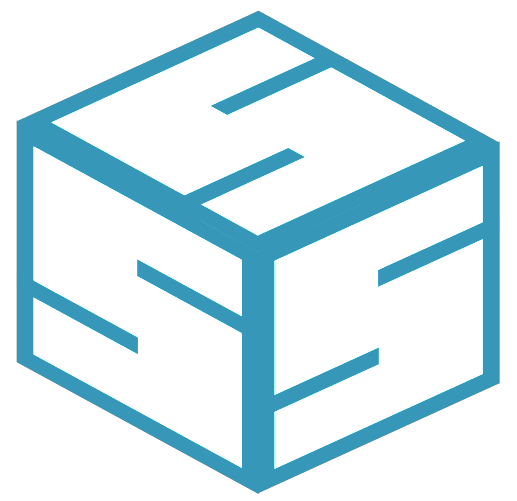 SCube is a SKUA-GOCAD plugin to perform stochastic multi-well correlations.
SCube is a SKUA-GOCAD plugin to perform stochastic multi-well correlations.
With a set of rules, it computes the cost of the association of each pair of units on two different wells and then outputs the correlation of the wells with the least expensive associations.
The rules that can be chosen are various such as the size of the units, the depth, the facies,... or also the frequence of observation of the association in a training forward model.
It can be used for multi-well correlation and it is possible to automatically build stratigraphic grids from these correlations. Since 2018, it is being gradually replaced by the stand-alone code WeCo

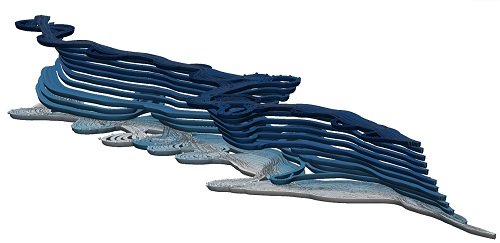 GoNURBS is a plugin developped for sedimentary objects modelling.
GoNURBS is a plugin developped for sedimentary objects modelling.